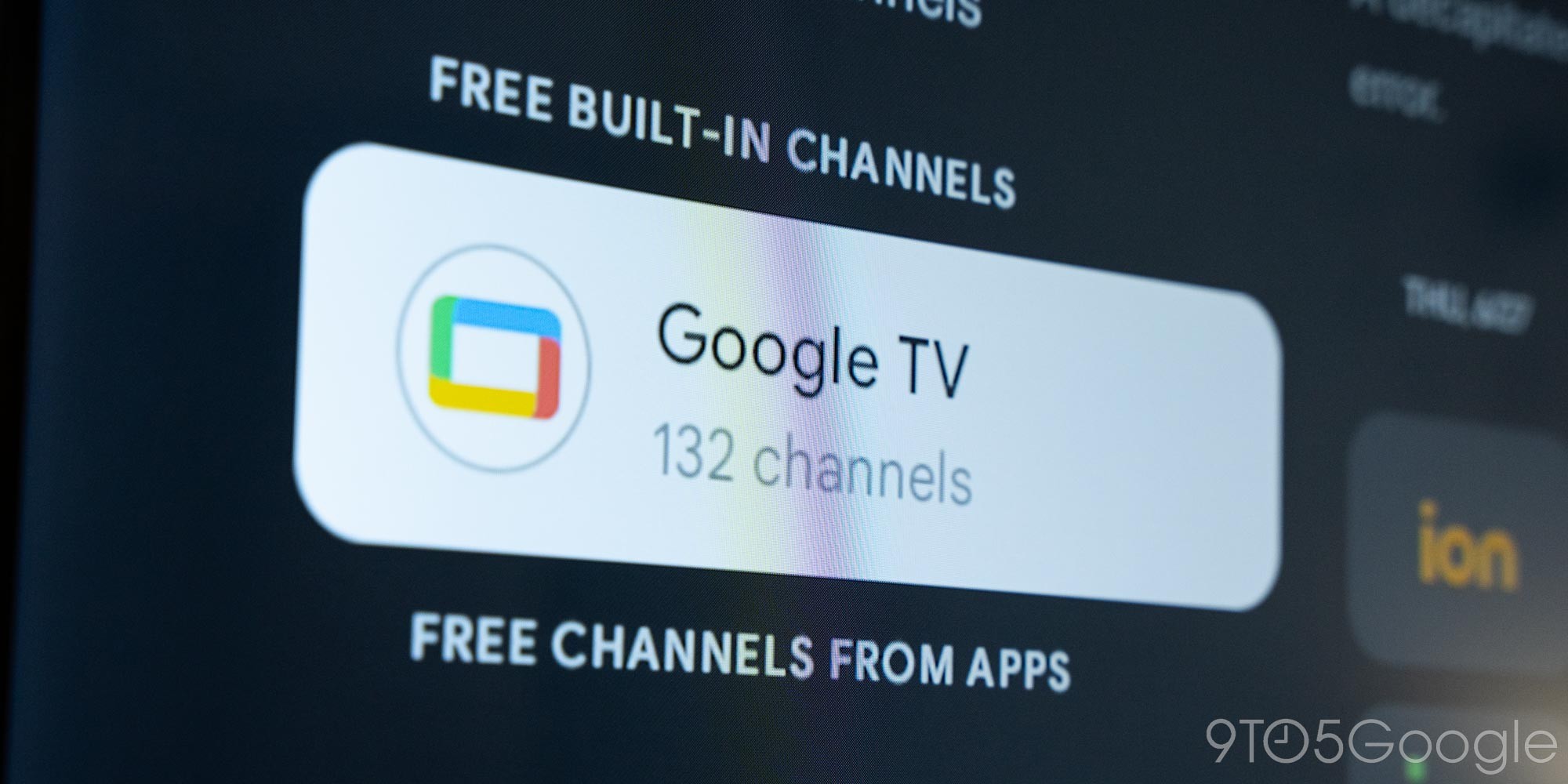
Google is shaking up its free content offerings on Google TV with a fresh new name and improved visibility. The tech giant has announced that its free channels will now be known as "Freeplay," marking a significant shift in how users access and discover ad-supported content on the platform.
The rebranding effort comes as Google prepares to launch its new Google TV Streamer device in late September. This sleek, pill-shaped set-top box will be the first to feature the Freeplay app prominently on its home screen, alongside popular streaming services like Netflix and Hulu.
Under the Freeplay banner, users will have access to over 800 free ad-supported TV (FAST) channels. This vast selection of content will be easily accessible through a dedicated tab in the user interface, making it simpler than ever for viewers to find and enjoy free programming.
The move to rename and reposition these free channels is part of Google's ongoing efforts to boost their visibility and usage. Previously, these channels were tucked away in a "Live" tab or as a shortcut in the Favorites row on Android TV devices. By giving Freeplay its own distinct identity and prime real estate on the home screen, Google aims to put its free content front and center for users.
While the Freeplay branding will debut with the new Google TV Streamer, it's expected to roll out to other Google TV and Android TV devices in the future. However, Google has not yet announced a specific timeline for this wider implementation.
The Google TV Streamer, priced at $99.99, boasts 32GB of storage and 4K streaming capabilities. Pre-orders for the device are already open, with shipping set to begin on September 24th.
As streaming services continue to compete for viewers' attention and wallets, Google's emphasis on free, ad-supported content could prove to be a compelling differentiator. By making Freeplay more prominent and accessible, Google is positioning itself to capitalize on the growing trend of cord-cutting and the increasing demand for diverse, cost-effective entertainment options.